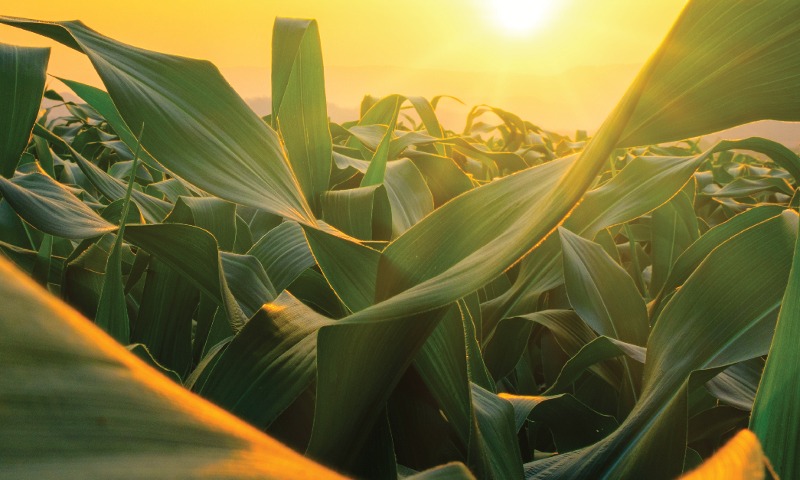Agronomist: Quality Soil Sample A Must For Accurate Nutrient Recommendations
Obtaining a quality soil sample is vital for receiving accurate nutrient recommendations for a field, according to Jill Scheidt, agronomy specialist with University of Missouri Extension on MissouriAgConnection.com.
“In a 20-acre field, there are about 40 million pounds of soil. Of those 40 million pounds, you send one pound to the lab for results. So make sure that one pound represents the entire field well,” said Scheidt.
Soil samples need to be taken every three to four years. The average soil test assesses nitrogen, potassium, phosphorus, calcium, magnesium, organic matter, neutralizable acidity, cation exchange capacity and pH levels. Micronutrients are not tested for unless the producer requests it at an additional charge.
“Different soil types and soil needs are in the same pasture or field. Several samples bags need to be collected if the land is uneven,” said Scheidt.
For example, if a pasture was once two pastures, separate samples should be taken on either side of the old fence line. If there is high animal traffic in a pasture, that area should be sampled separately. Hillsides and waterways should be sampled differently. If a pasture has been converted to a crop, or if a pond or tree line has been removed, separate samples are needed.
Soil nutrient properties can fluctuate throughout the year depending on the season. The best time to take a sample for forages and spring-seeded crops is when the field is idle; usually after harvest in the fall or winter.
For fields with winter wheat and fall-seeded crops, sampling during the idle time in the summer is best. Pre-plant or pre-side-dress nitrogen samples for corn should be taken in the spring as close to planned nitrogen application as possible.
“It is best to wait at least three months after application of phosphorus fertilizer, lime or manure before taking a soil sample,” said Scheidt.
Read the full story on MissouriAgConnection.com.






